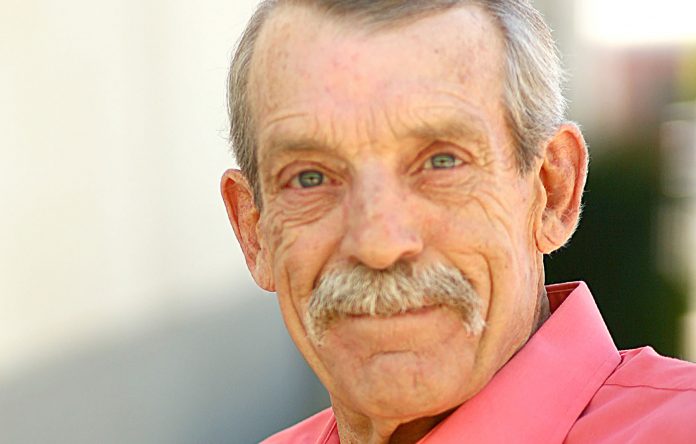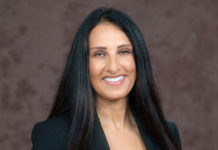For those of us who are now in our seventh decade, and those of decades more, there are certain times in history that may influence us in often-profound ways. It stands to reason, then, that any news story which gobbled up precious air time would have to be of major import, and in October of 1962 that story was what became known as the Cuban Missile Crisis, and it had great influence on me and on most of my generation.
I was 10 years old at the time and can vividly remember almost exclusive coverage of the event, and more than a few “special bulletin” reports, which interrupted normal broadcasting on all three of the then major broadcasters of NBC, CBS and ABC. One such interruption was a live broadcast from the White House when President John F. Kennedy pretty much let the nation know things down on the Caribbean islands of Cuba, only 90 miles from American soil, were not all hunky-dory.
In fact, we were facing the first real threat to the nation by foreign foes since December of 1941, and had it not been for high-altitude air surveillance of Cuba, we might have suffered another surprise attack that would have decimated much of the country within a matter of hours. For those of you readers who remember the time, you will recall how Russia had decided to arm their Cuban buddy Fidel with rockets that could have easily carried nuclear warhead to as far away as Colorado Springs and could hit our missile silos located in the northern states; it was a heady time in world history. And it scared the bejesus out of me.
No matter, the whole thing only lasted 13 days after a naval blockade and many, many back-channel negotiations between many American and Russian politicos brought an end to the whole mess. While the gravity of the event wasn’t lost on me, fear came when we were in class.
By “we” I mean my classmates at Greenfield School in 1962; some intelligent person in government decided we needed educating on the reality of what apparently was an inevitable nuclear toe-to-toe with the Ruskies, so we were exposed to some films and we rehearsed drills that were designed to save our lives. We saw footage of Hiroshima and Nagasaki after both cities had been destroyed by atomic bombs, but other films were of explosions of hydrogen bombs developed in the early 1950s on islands in the Pacific Ocean at testing grounds in Southwestern states.
These films showed absolute destruction in center zone areas and widespread destruction miles from detonation; we saw penned animals and wood-frame houses and whole neighborhoods, peopled by mannequins, blown away in a blast of fire-filled air. They were graphic; they stuck in the mind. And then we were instructed, in case of attack, to push all our desks into one corner of the room and crawl under them; this would protect us as much as any school could at the time, I suppose.
But one of my classmates, ever the pragmatist, pointed at one of the many gobs of gum stuck to desk and chair bottoms, and said “You see that gum, that’s what we’re gonna look like if a bomb ever hits near here.”
The point being that for many, many years the Russians were Cold War Foe Numero Uno, and we watched as they went through a cast of communist leaders starting with Stalin and now through Putin, with Khrushchev, Brezhnev, Kosygin, Yeltsin, Gorbachev in between; a time which saw the thawing of the cold when the Wall came down and the communist republic disbanded. Russia was now after many years just Russia again, and in the past three and a half decades has seen great changes.
I had the great pleasure of running into a result of those changes the other day in the tractor barn down at MCARLM. It was the Sunday before the Fourth and a crew of guys and gals, were prepping as many antique tractors and cars as possible for the next day’s parade when I came across a gentleman making his way through the barn looking at the wide variety housed there. When I made introduction, he informed me his name was Konstantin and he was a Muscovite; for those who do not know, a Muscovite is someone who hails from Moscow; and I don’t mean Idaho.
Konstantin Morozov is about as Russian as one can get, and so that put me about as close as I have ever been to a Russian, the one-time boogey man of my youth. (I do know someone from the Ukraine, but how Russian they consider themselves right now I’m not sure.)
Astute readers will know how this story ends; I’m a friendly guy and he was an interested person, so we took a walk and talked. He and his wife and other family have for three years lived in Irvine down in Orange County. His English was very good, and his observations were coming from someone unaware of most American agricultural history, so I noticed when pointing out to Konstantin the different phases of South County ag history found in the Main Exhibit Barn that I was somehow viewing them in a different light myself.
Hard to explain, but I got a better sense of just how unique our little part of California is. He then said he had to go; he and the wife were driving through the Fort and over Nacimiento-Fergusson Road to the PCH and southward to Irvine to be home in time to celebrate American Independence Day. Get that, to celebrate the Fourth; cool.
We shook hands and as we departed he once again thanked me for the time spent helping him understand more about his adopted country; it is I who should have thanked him, as I was the one who came away with the lesson. I wonder how many more in Russia are like Konstantin?
Take care. Peace.














